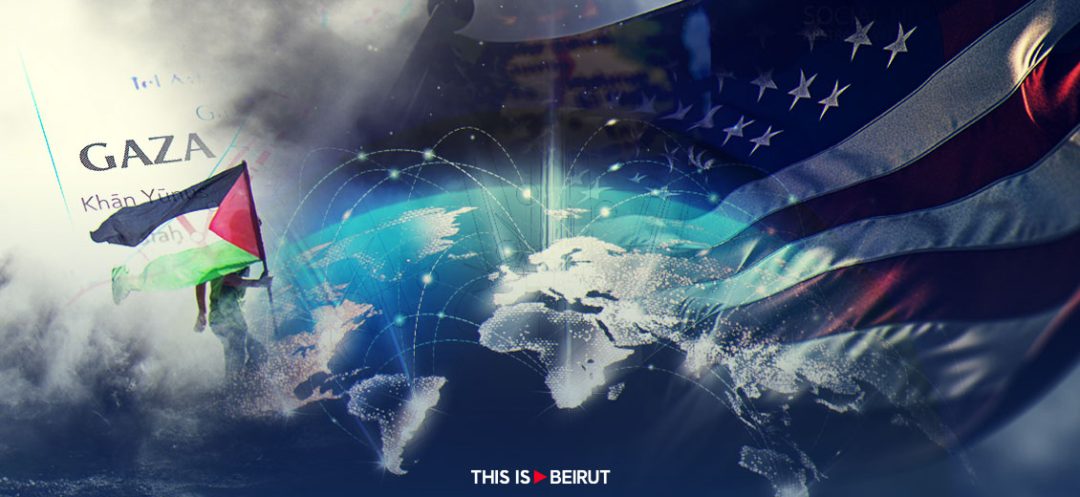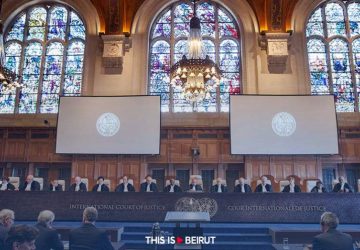Listen to the article
One of the harder things in foreign affairs, as in life, is dealing with new realities. Successful statecraft entails identifying new realities and equipping policies to protect and advance national interests in that light. An inability to adjust strategies in the face of new realities is an indicator of impending failure.
The tragedy experienced by Israelis and Palestinians since October 7 is a classic test in this regard for the United States and its partners in Israel, the Arab world, and Europe. While it is too early to hand out report cards, the fact that some leaders are falling back on unsuccessful models of the past does not inspire confidence. How can they restore stability and find a path to peace using concepts that not only did not succeed before but may have inadvertently helped plant the seeds of the present crisis? An adjustment in assumptions and approaches required by the new realities is overdue. Here are some examples of old thinking that may need adjustment to the new realities after October 7:
That the Palestinian Authority has the credibility and wherewithal to administer Gaza. Corrupt, powerless, unpopular, and discredited Fatah-men have survived in the bubble that is Ramallah, but wouldn’t last long in Gaza. They would soon be challenged by “new-old” forces of extremism. In any case, the Israeli government could not have laid down a firmer redline: they are not fighting in Gaza to restore the Palestinian Authority.
That the UN can keep the peace and the EU can administer Gaza. One only has to look at UNIFIL in Lebanon to see the flaws in that idea. UNIFIL costs $500 million a year, yet in the current crisis is devoted to protecting its own troops, not the Lebanese or Israelis. I’m not arguing to remove UNIFIL, which would create a new level of uncertainty and crisis in South Lebanon. But replicating that situation in Gaza can contribute nothing of value. As for the EU, High Representative Borrell’s offer to send his bureaucrats to administer Gaza does not pass the laugh test. Few speak the language, their experience regulating the fine-tuned EU economy is inapplicable to the dire situation in Gaza, and protecting them would add a layer of complexity to an already mind-boggling set of problems. Thanks, but no thanks.
That immediate effort to achieve a two-state solution remains the best approach to resolving the Israeli-Palestinian conflict. During my 38-year diplomatic career, I witnessed eight major U.S. initiatives to achieve peace based on a two-state outcome and participated actively in one of them. There was rarely a shortage of energy, leadership, or intellectual creativity from Washington. However, despite trying every play in the diplomatic handbook, we came up short each time. This is not the moment for America to abandon the two-state concept; but nor is it the time to launch another well-meaning, ill-prepared, and unrealistic initiative. If a concept couldn’t be floated before October 7, what makes anyone think the climate afterward will be more conducive? Any American strategy will have to take into account the new political realities in Israel, Gaza, and the West Bank, where leaders and the public are likely to oppose compromise and accommodation. The antagonists in this contest are no longer the parties that signed the Oslo Accords and have not been for years. Israeli politics have moved to the right, while Iran and Hamas, not the PLO, are the contrary force. Support for a two-state outcome has evaporated in Israel and reached an all-time low among Palestinians. Launching a two-state initiative in such a context guarantees a quick dead end, further fueling extremism.
That the Iranian factor in the equation of the Levant can be ignored during the pursuit of Israeli-Palestinian peace. Iran holds sway in four Arab capitals: Baghdad, Beirut, Damascus, and Sanaa. Iran armed and financed Hamas. It has choreographed a regional strategy, including in Gaza, to pressure America and its partners. Iran is setting the agenda in the region. It is deciding where and when to inflict pain, while the United States is in a reactive mode. Until the tables are turned against Iran, and deterrence is restored, Iran will continue to spoil stability. There are two choices here: accommodate and appease Iran, or counter it. It is not a palatable choice, but unless the world wants to see Iran and its proxies committing October 7-type attacks against anyone at any time or place they like, there is really no choice at all. Creating a context for peace between Israelis and Palestinians must start with an aggressive and persistent strategy to constrain Iran’s ability to block such a peace.
Even as the conflict rages, diplomacy is needed. Beyond the critical work to restore humanitarian aid and release hostages, it is time to create a context for the “day after.” A starting point for these “days in between” could be to impose effective, international measures to interdict arms flows from Sinai and the Mediterranean into Gaza. That could show Israelis that the world takes their security seriously. Meanwhile, the Palestinian people, especially those living in Gaza, should be enabled to express their ideas for their future. Neither Hamas nor Fatah are inclined to listen since they know that the answer includes their departure. Those voices must be heard.
We should honor dead diplomacy of the past while we bury it. The formulas from Madrid and Oslo that brought hope for a decade did not reach the desired outcome; reviving them in the current environment is likely to produce the same failure. Addressing short-term security, humanitarian, reconstruction, and municipal governance needs may be the most we can achieve in the immediate aftermath of this war — and be hard enough. Yet, they would restore dignity and safety, and buy time. What is needed are concepts for the future reflecting the new realities and wishes of the people whose lives are at stake, not conventional wisdom imposed from outside.





